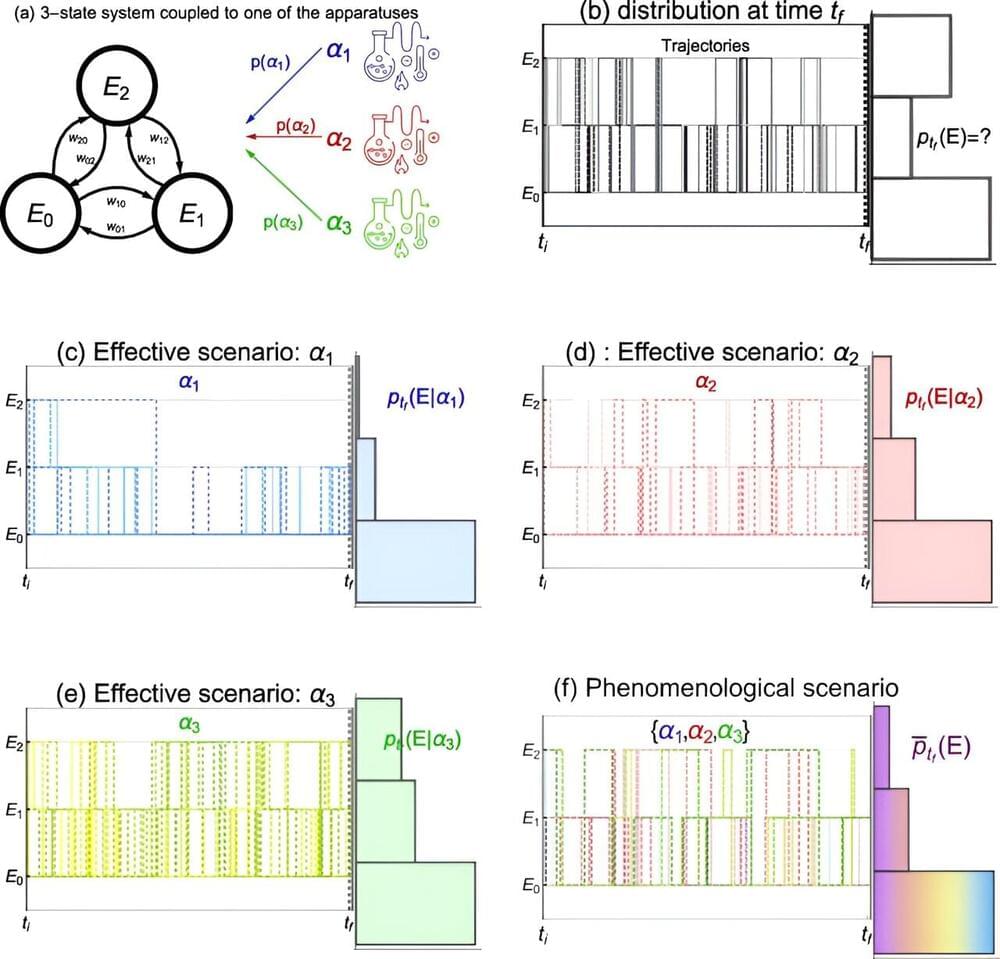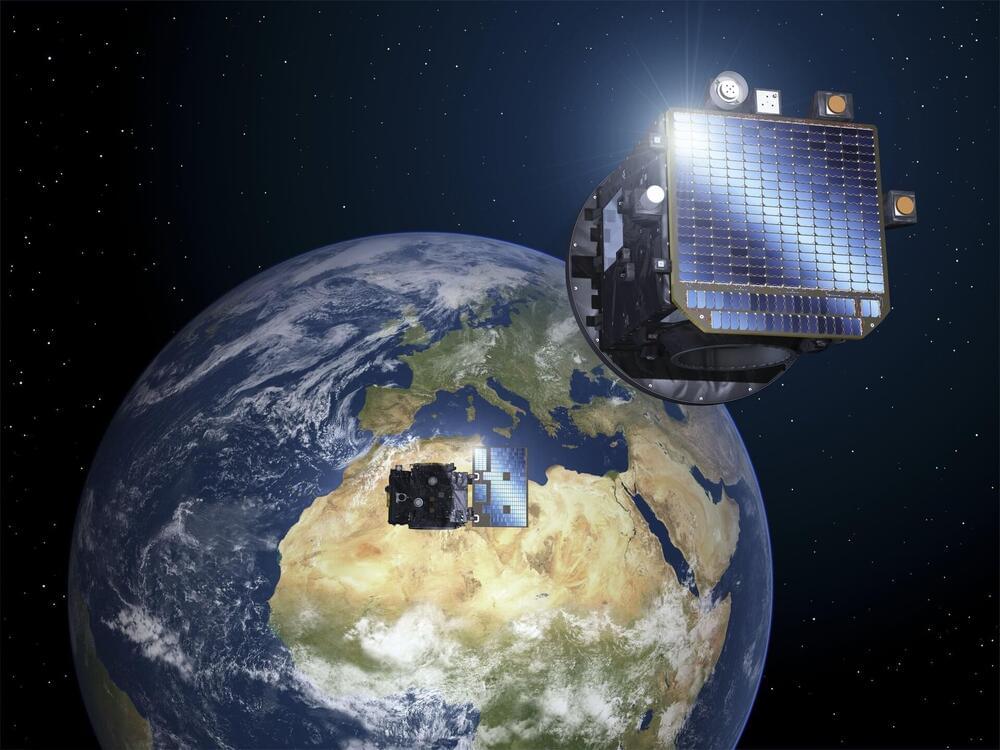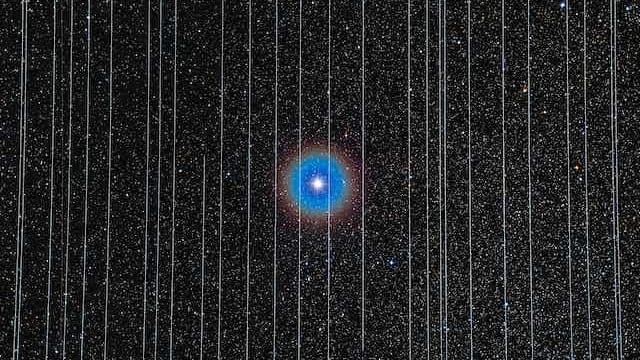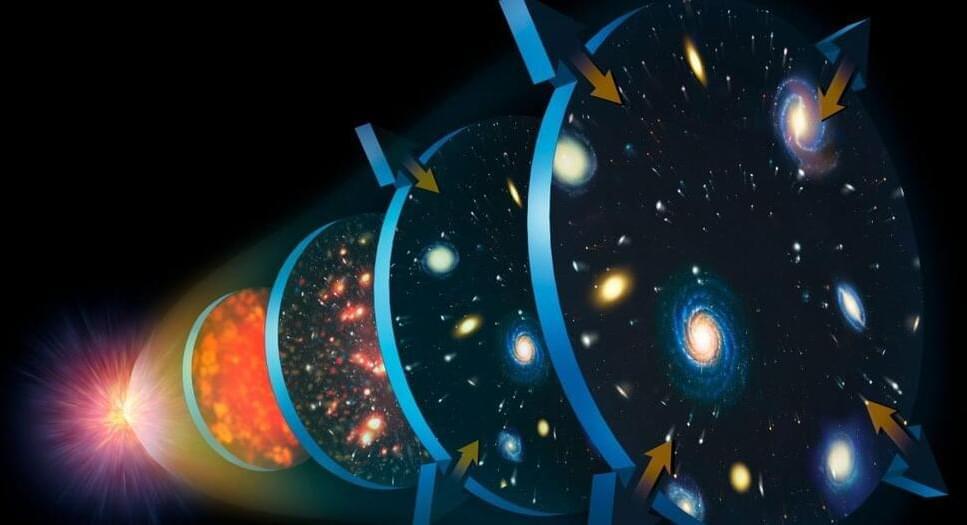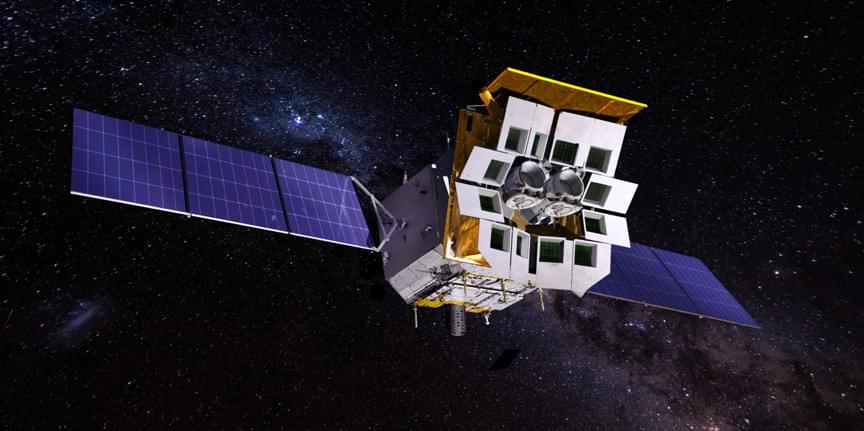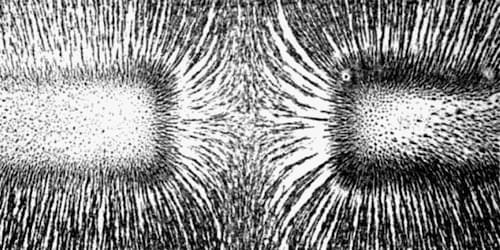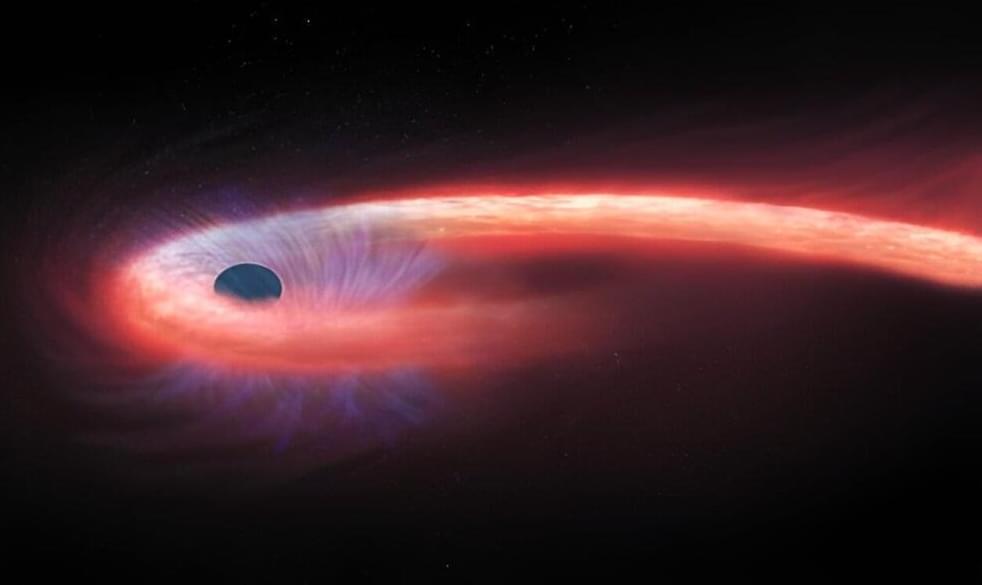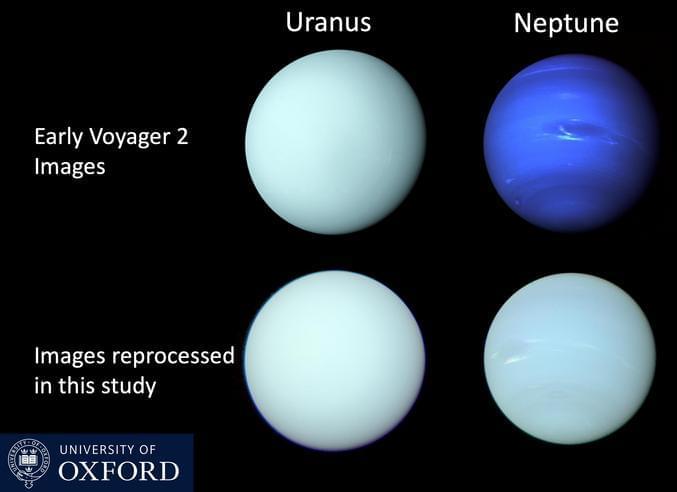
“The misperception of Neptune’s color, as well as the unusual color changes of Uranus, have bedeviled us for decades. This comprehensive study should finally put both issues to rest,” said Dr. Heidi Hammel.
In space, not everything is how it seems, and this might be the case with Uranus and Neptune, as a study scheduled to be published in February 2024 in the Monthly Notices of the Royal Astronomical Society examines how the colors of the two gas giants might be more similar that what NASA’s Voyager 2 spacecraft imaged in 1986 and 1989, respectively, as it flew past the gas giants during its mission. Originally, Voyager 2 imaged Uranus to exhibit a greenish-type color while Neptune appeared to be a strong blue, and this new study holds the potential to help scientists better understand how to estimate the true colors of planets throughout the cosmos.
“Although the familiar Voyager 2 images of Uranus were published in a form closer to ‘true’ color, those of Neptune were, in fact, stretched and enhanced, and therefore made artificially too blue,” said Dr. Patrick Irwin, who is a Professor of Planetary Physics at the University of Oxford and lead author of the study. “Even though the artificially-saturated color was known at the time amongst planetary scientists – and the images were released with captions explaining it – that distinction had become lost over time.”
Continue reading “Revealing the True Colors of Neptune and Uranus: A Breakthrough Study” »
